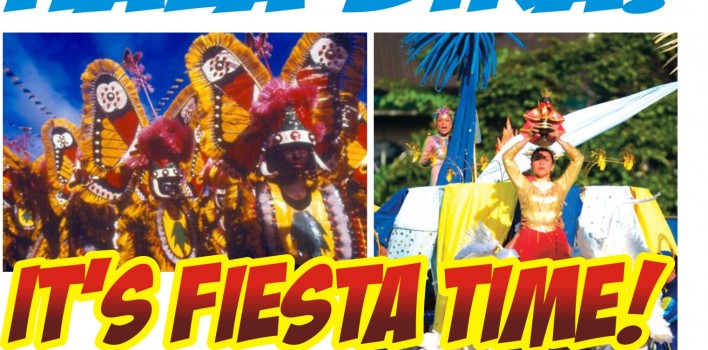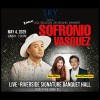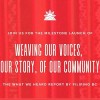HALA BIRA! It’s Fiesta Time! By: Gab Agcaoili
 In the Philippines, each city and barrio in the country’s colorful islands has at least one local fiesta of its own; honoring its Patron Saint. Nationwide, January is known to be Fiesta Season – a time when the biggest and most lavish, well-attended, and extravagant fiestas are celebrated. Three of the most popular fiestas are all held in the Visayas and are all held in celebration and honor of the Santo Nino.
In the Philippines, each city and barrio in the country’s colorful islands has at least one local fiesta of its own; honoring its Patron Saint. Nationwide, January is known to be Fiesta Season – a time when the biggest and most lavish, well-attended, and extravagant fiestas are celebrated. Three of the most popular fiestas are all held in the Visayas and are all held in celebration and honor of the Santo Nino.
Dubbed to be the wildest Philippine Fiesta is the Ati-Atihan Festival in Kalibo, Aklan. Held in the 3rd Sunday of January, the festival is considered the ultimate in paganistic revelry. Celebrants paint their faces black and wear eccentric costumes as they get drunk and wild; and dance through the streets to the hypnotic beating of the loud bang of the drums and ceaseless shouts of “HALA BIRA” – believed to shoo-away evil spirits for a bountiful harvest of the year to come.
Also known as the festival of hope and good cheer and likewise probably the most popular in the country is the Sinulog Festival in Cebu. Also held on the 3rd Sunday of January, the Sinulog is held in honor of the image of the Santo Nino; a gift to the Queen of Cebu from Ferdinand Magellan, Spanish navigator who discovered the Philippines in 1521. The word Sinulog comes from the root word “sulog” – meaning river current because of the dance movement that resembles the current of a wave: two steps forward and one step backward, a prayer-dance synchronized to the beat of the drums and shouts of “Pit Senor! Viva Santo Nino!” The Sinulog is an unbelievably colorful, throbbing, and vibrant display of folks lined up at the streets – young and old devotees, residents and tourists, all flock to the Basilica of the Santo Nino.
A spectacle characterized by frenetic stomping of the feet to hypnotic sounds of whistles and drums, is a colorful whirl of thousands of people dressed in unique costumes, dancing, and chanting all day and night; called the Dinagyang Festival. The fiesta is held during the 4th weekend of January in Iloilo City. It started as a replica of the Ati-Atihan as it is likewise a festival held to honor the Santo Nino; but through the years, the Dinagyang Festival has not only meant laughter and fun but has also become a period of thanksgiving and offering for all the blessing received; even if the festival has evolved from being religious into being more cultural in nature.
More than being a religious cavalcade, for me, Philippine festivals are more cultural in nature. It simply reflects the Filipino way of life – that of being a fun-loving character by nature, heritage, and tradition; and an affirmation of our world-renowned hospitality that only the Filipino can offer.
 Canada
Canada






